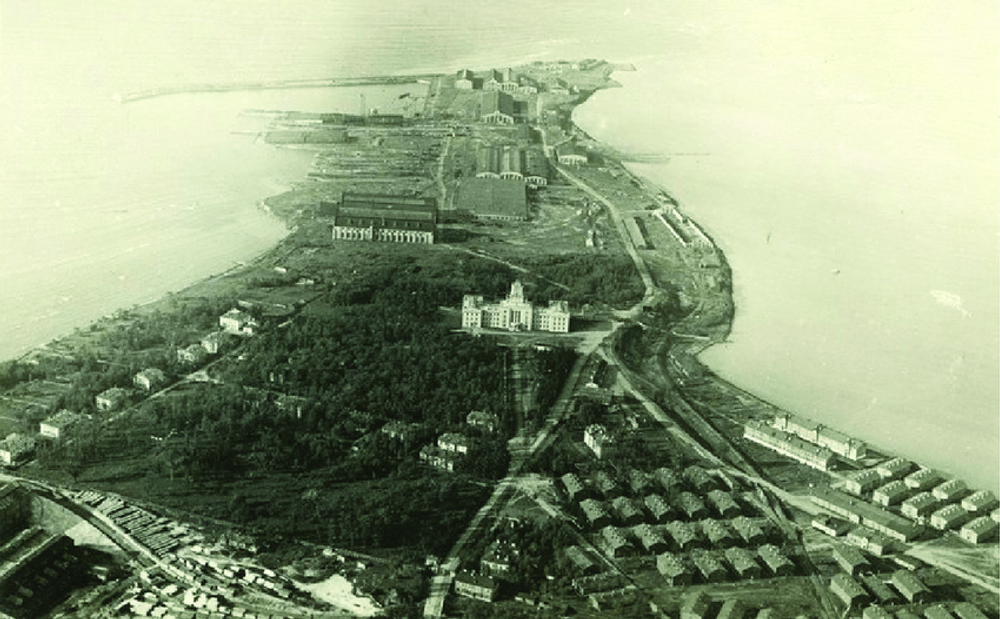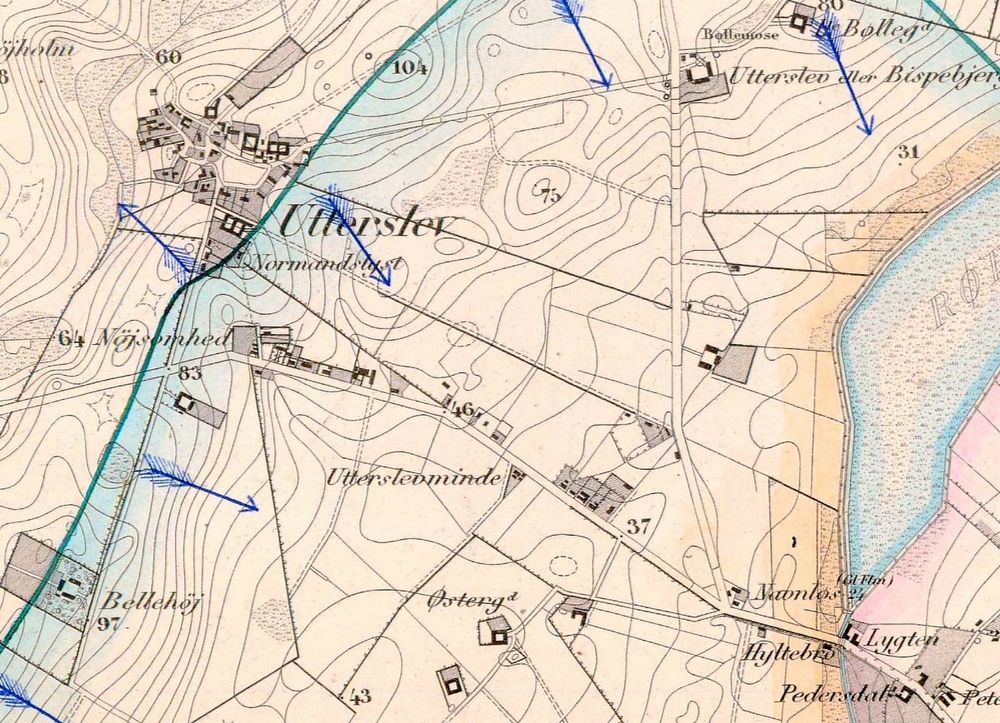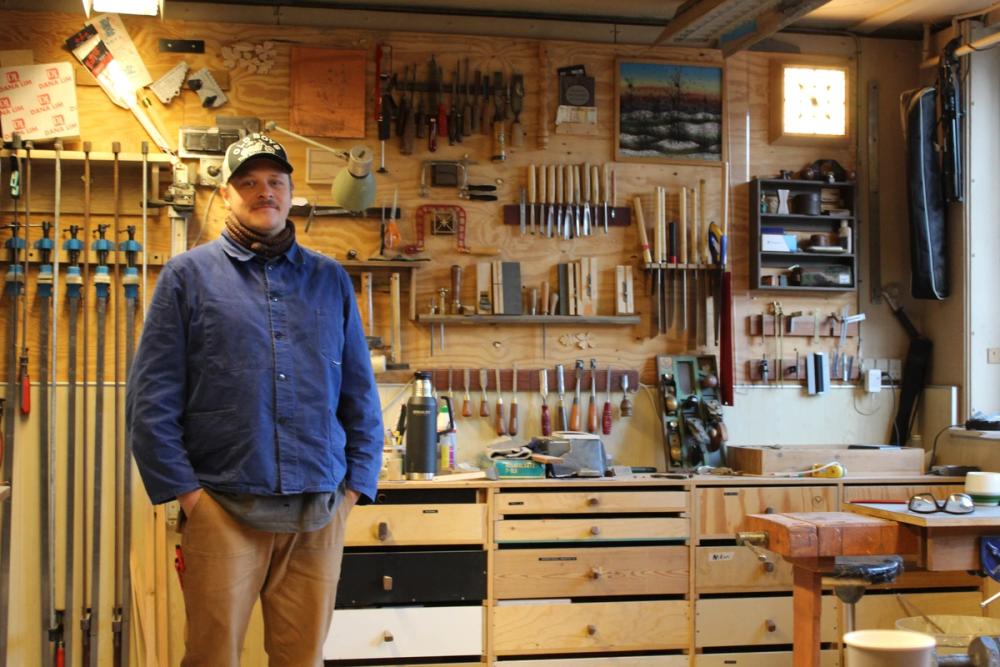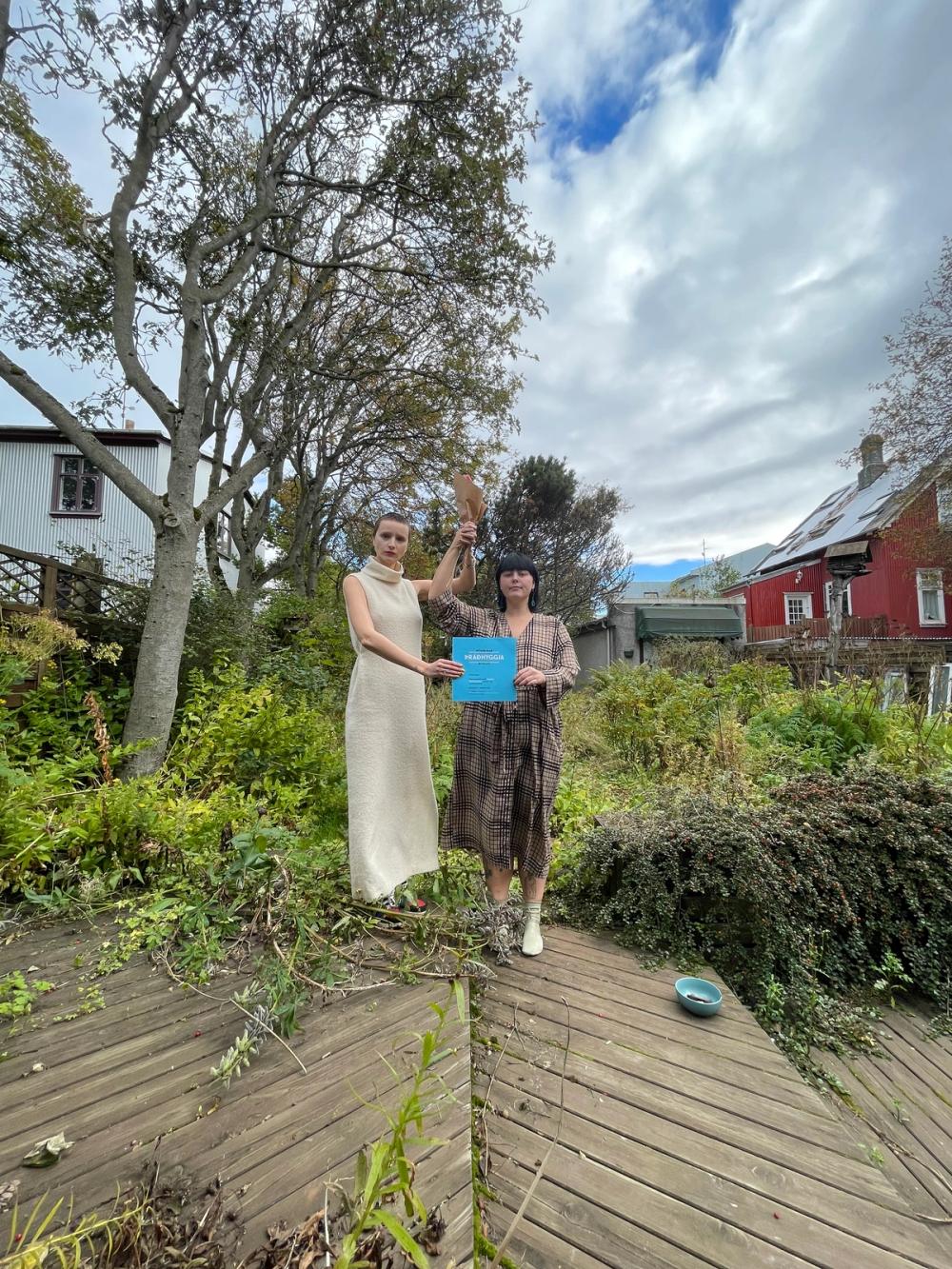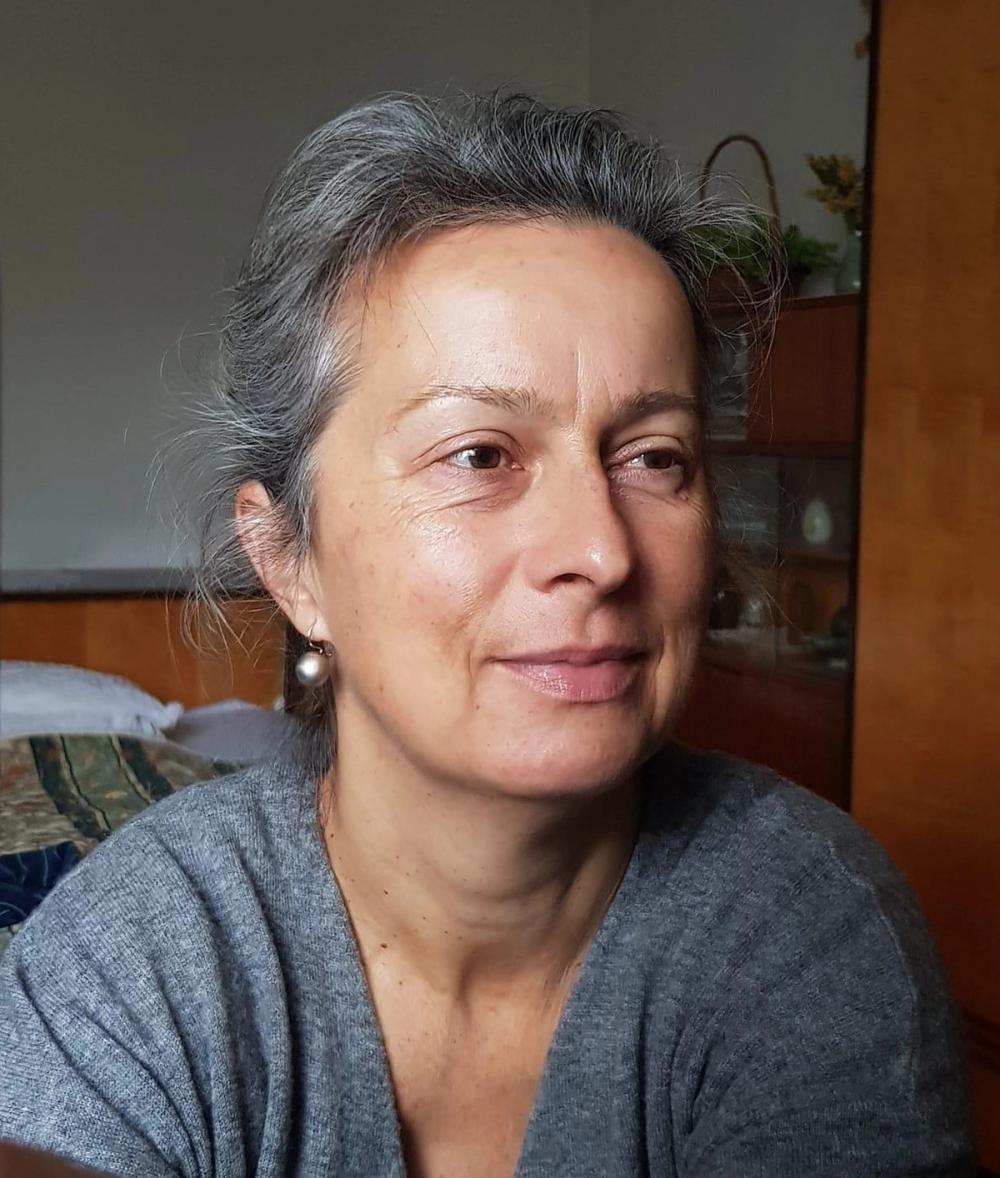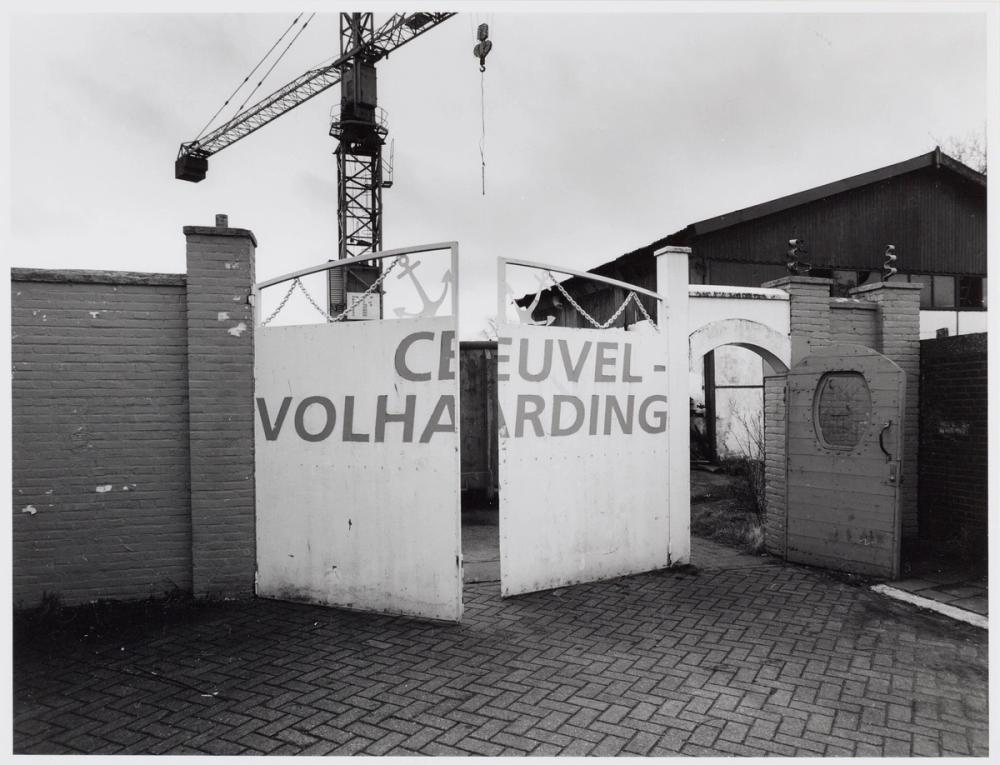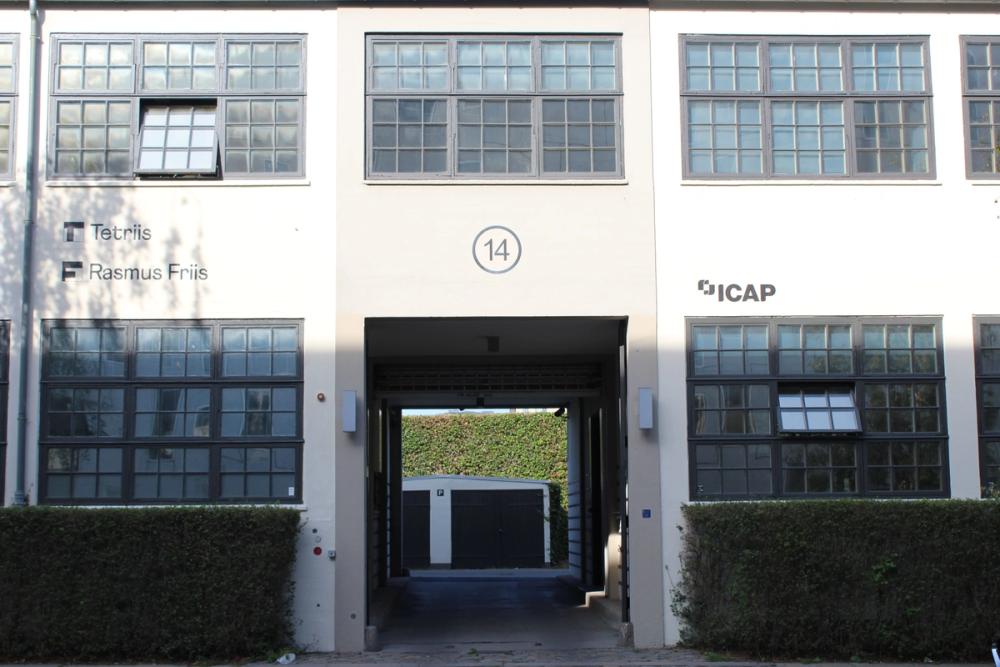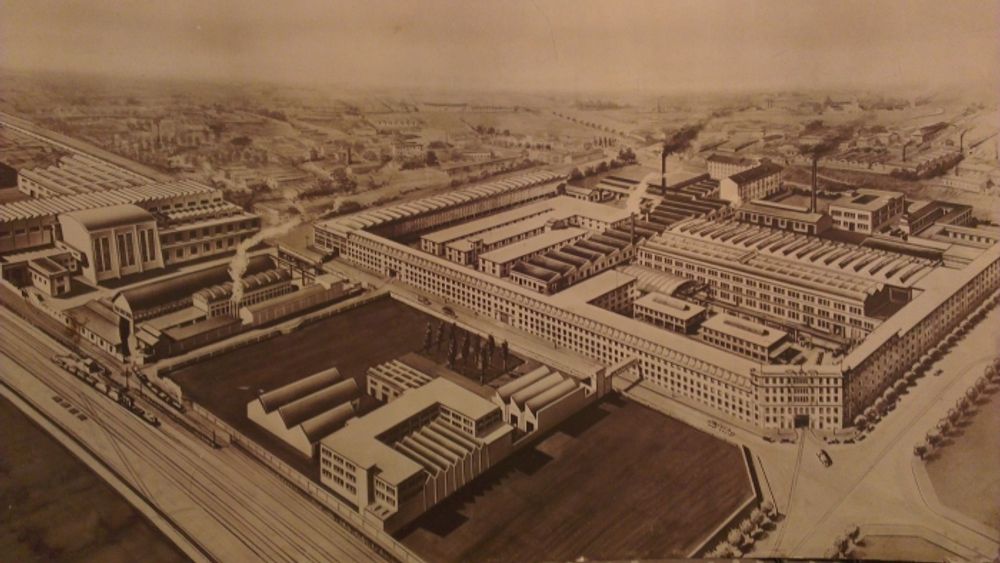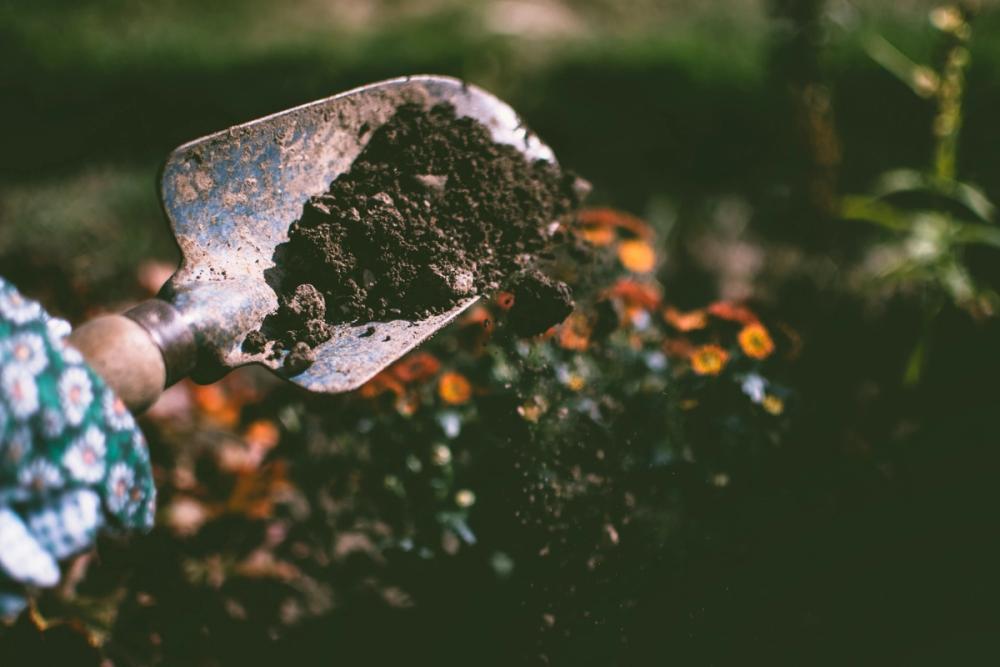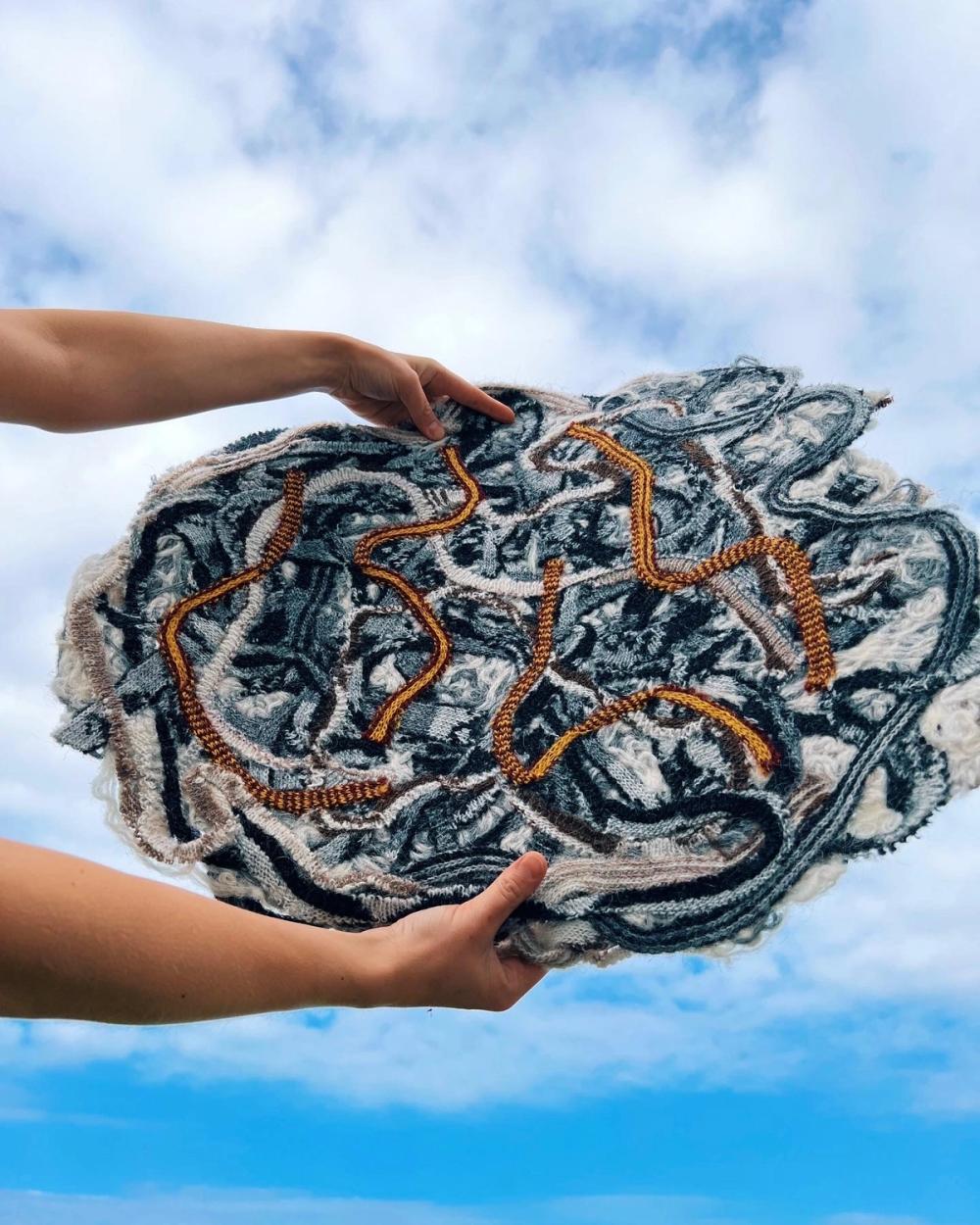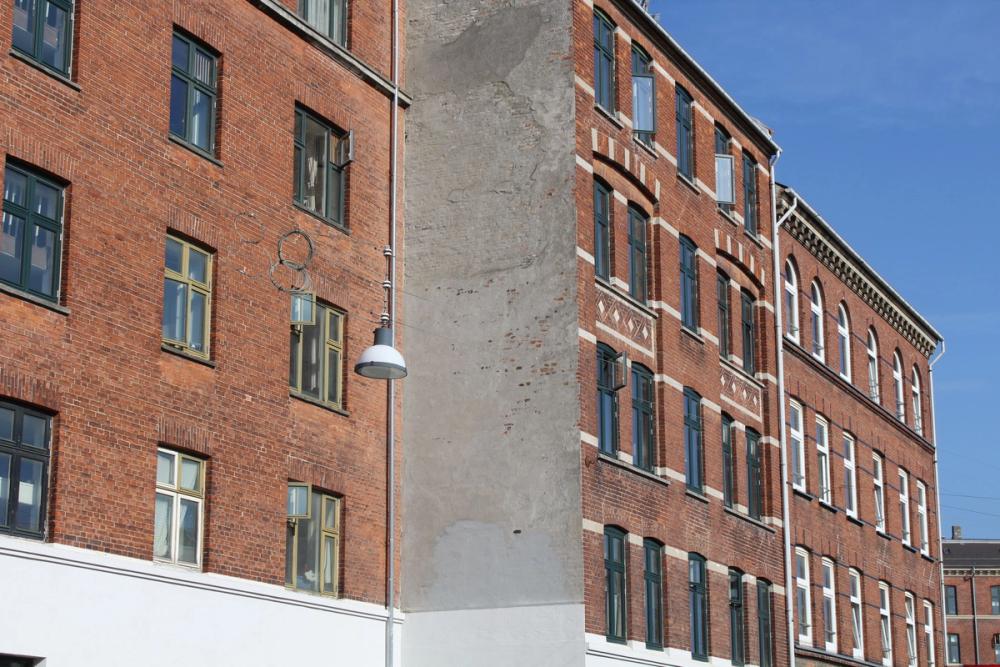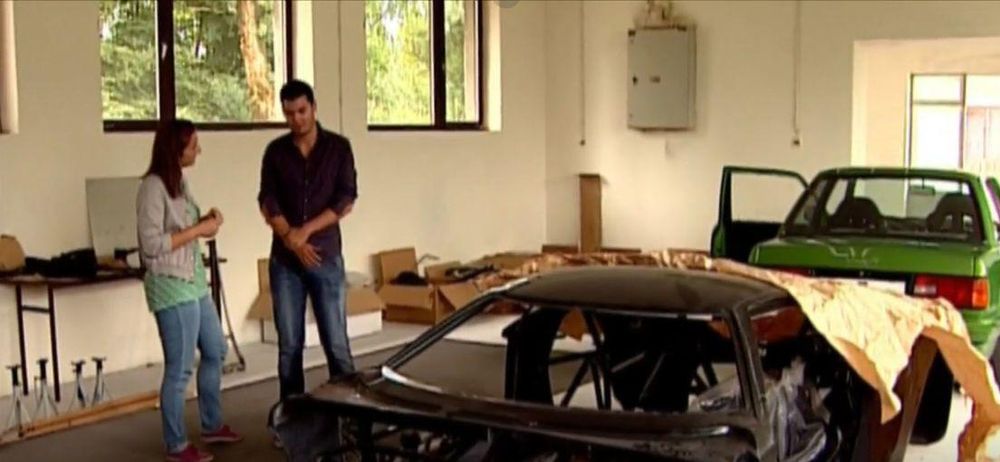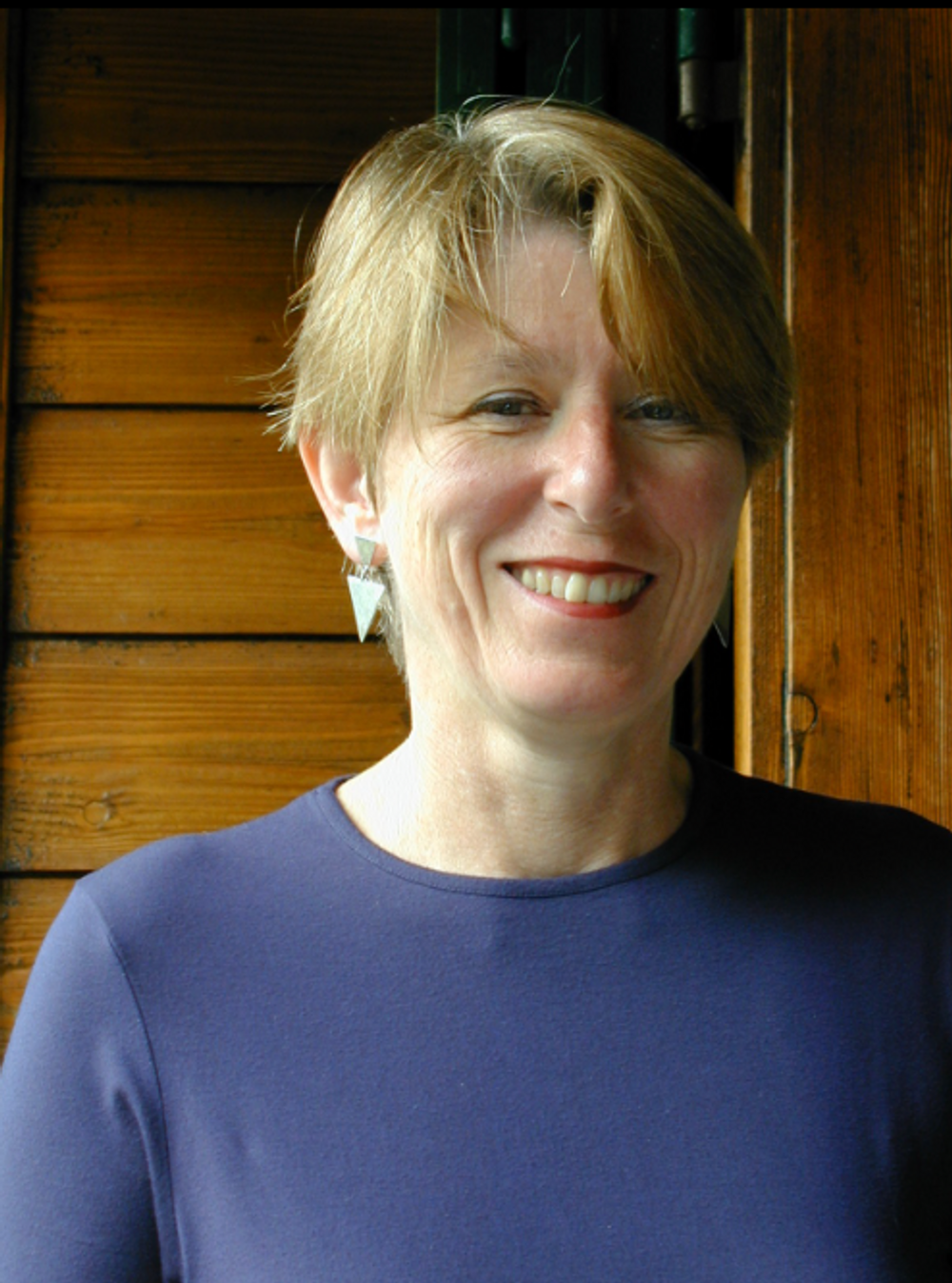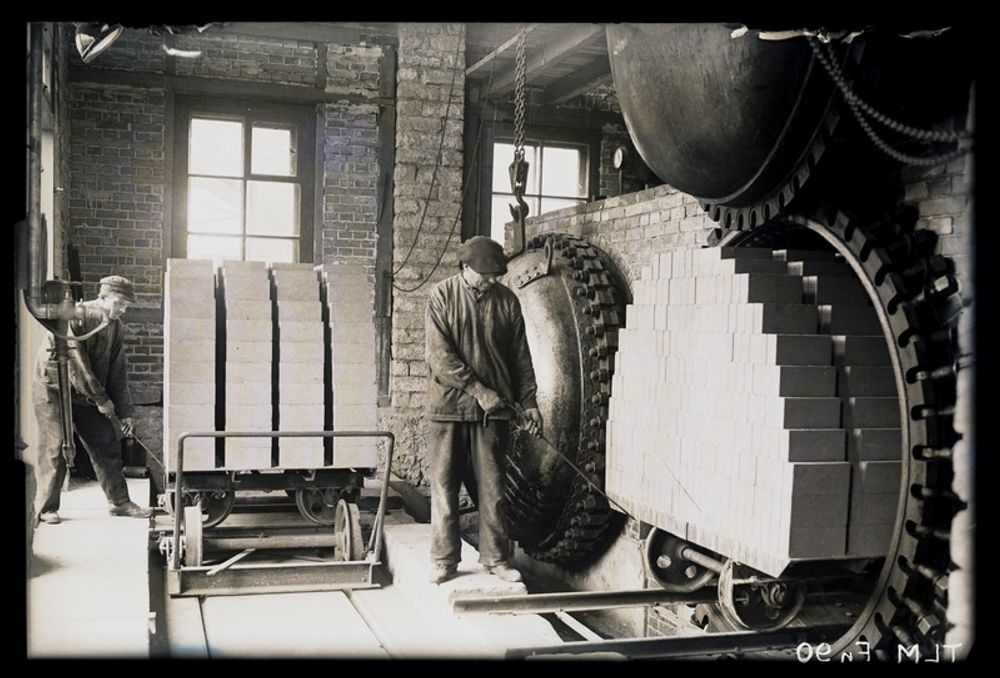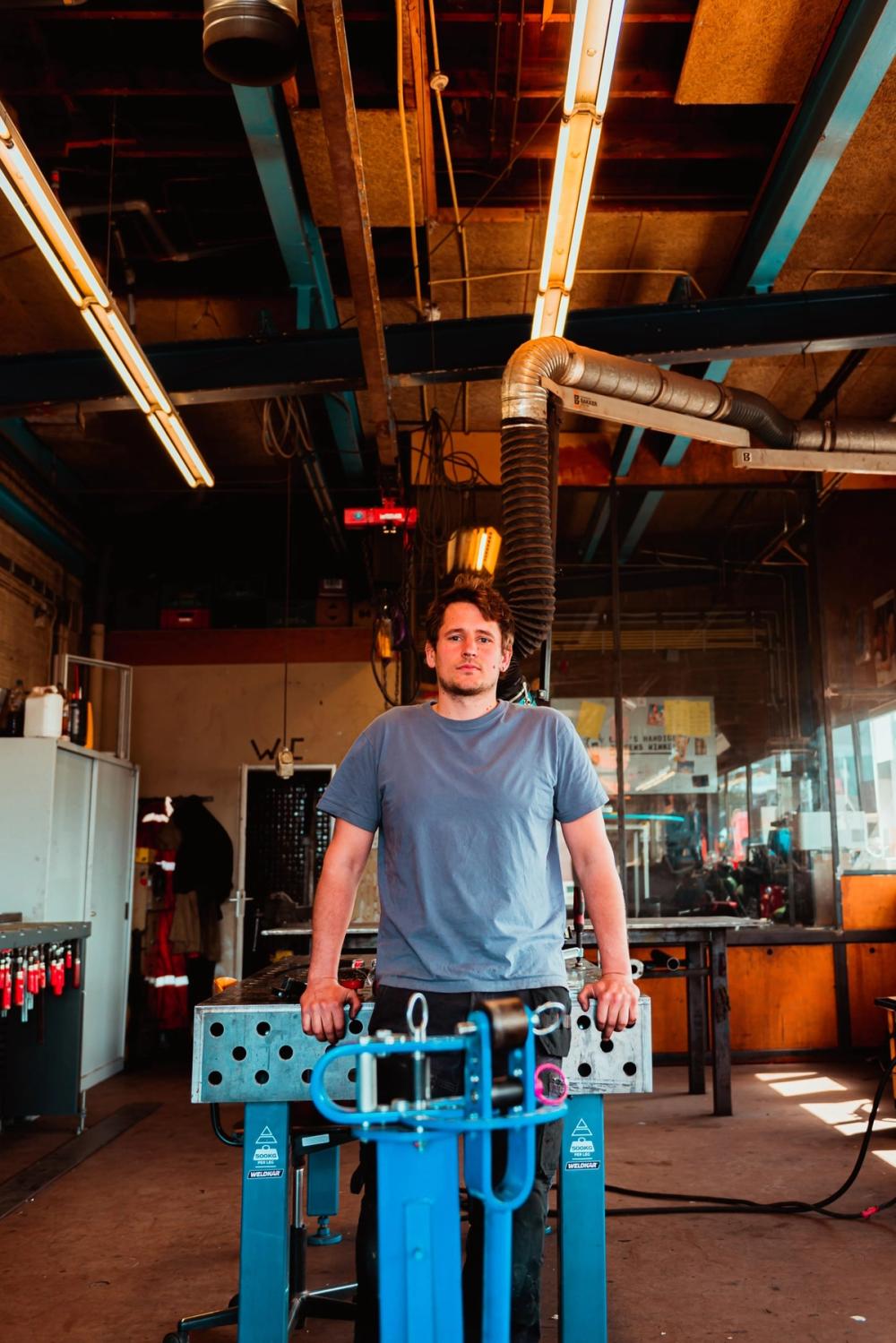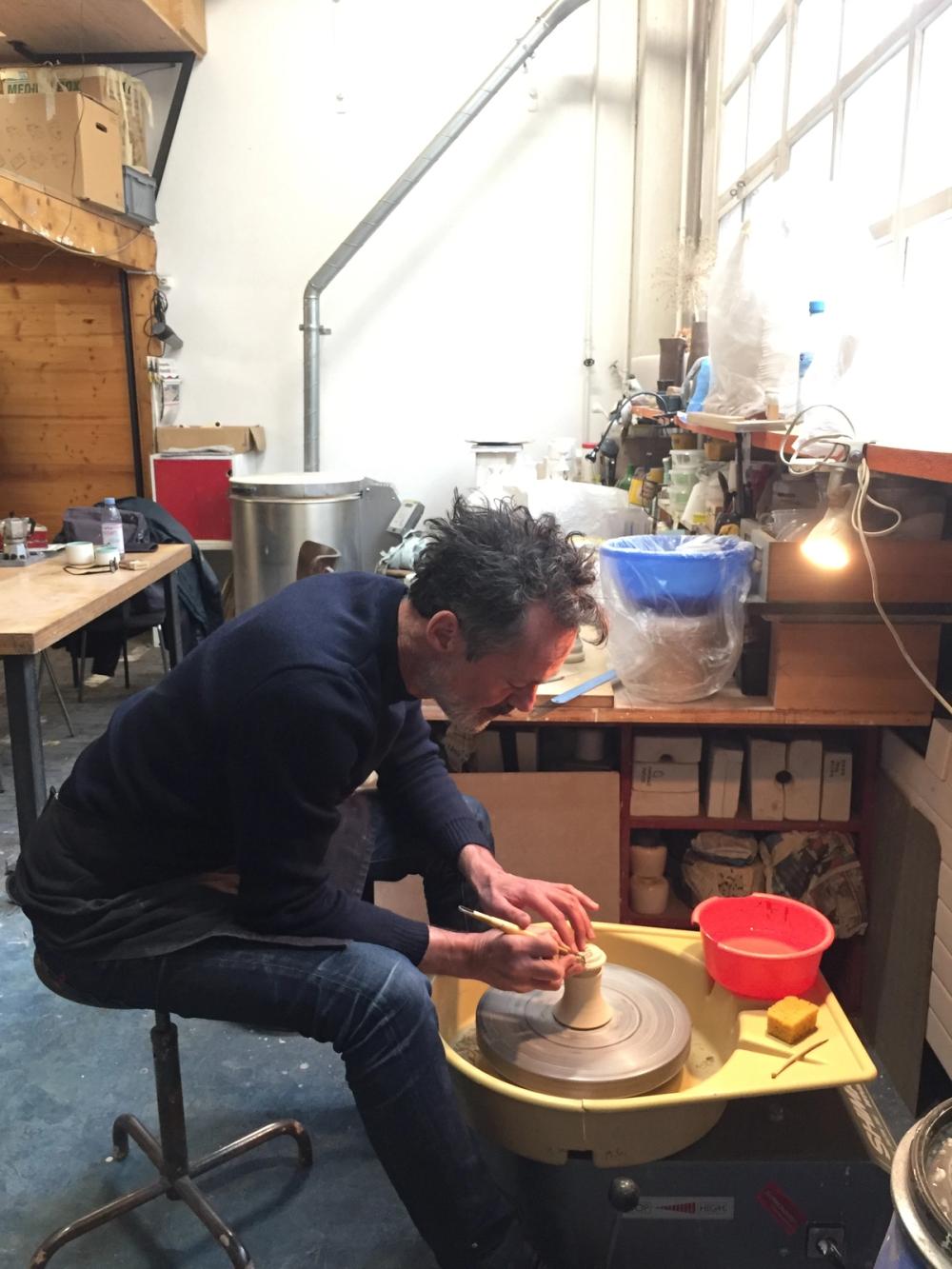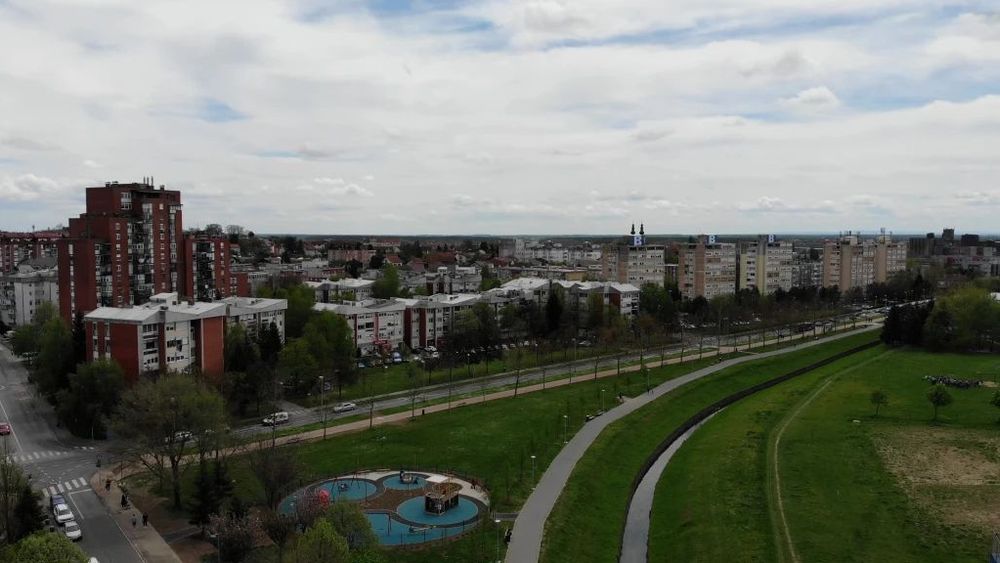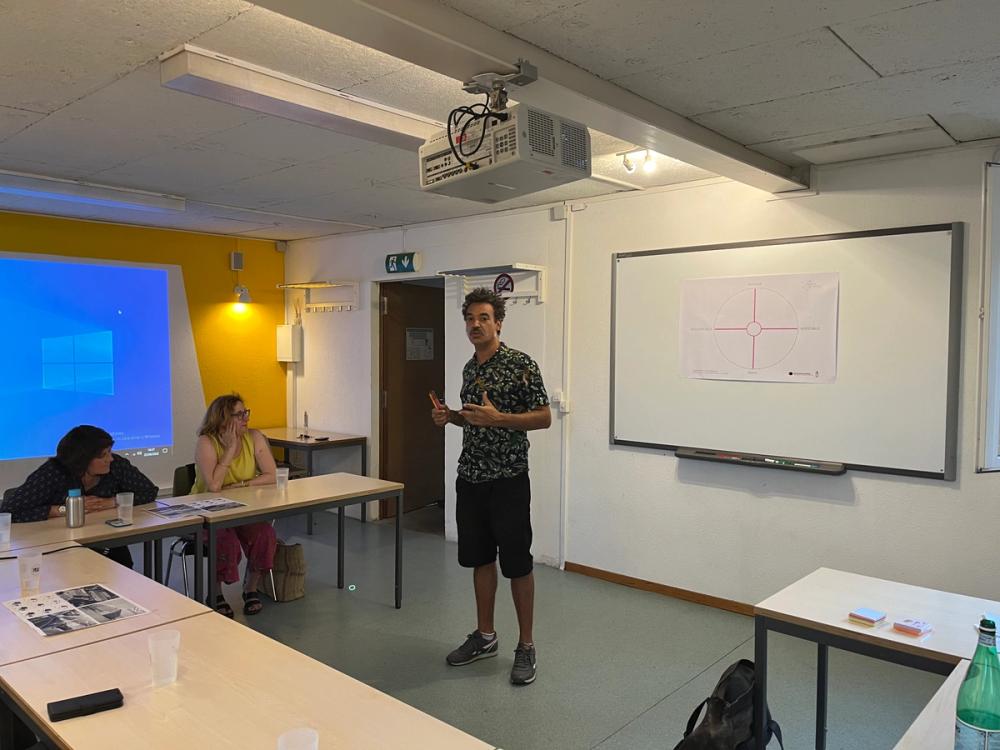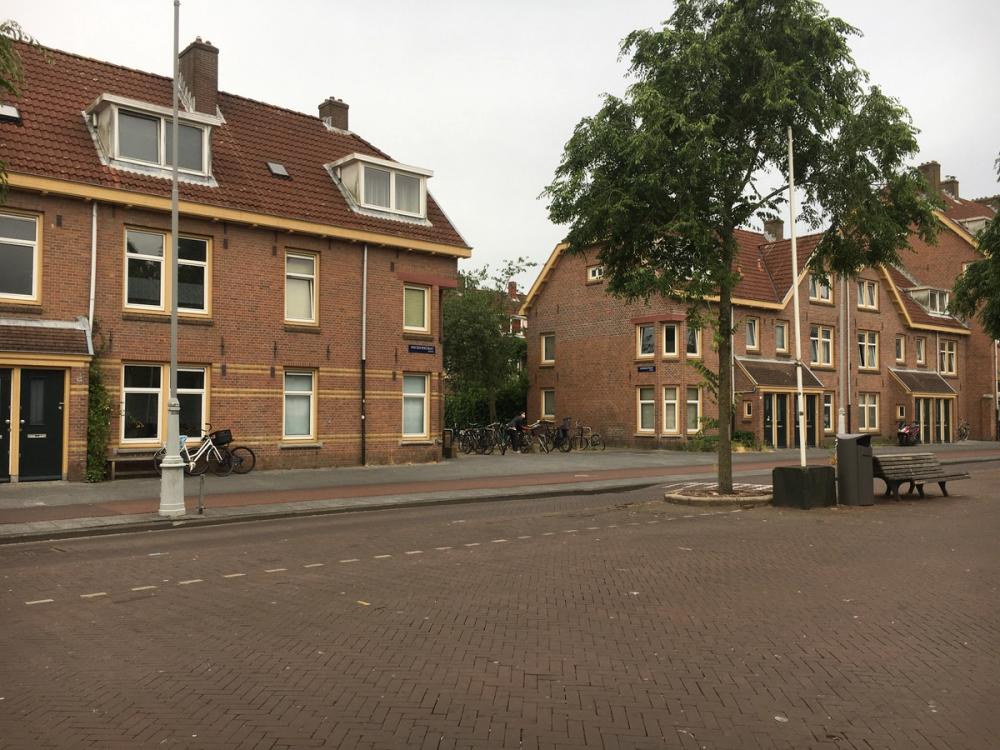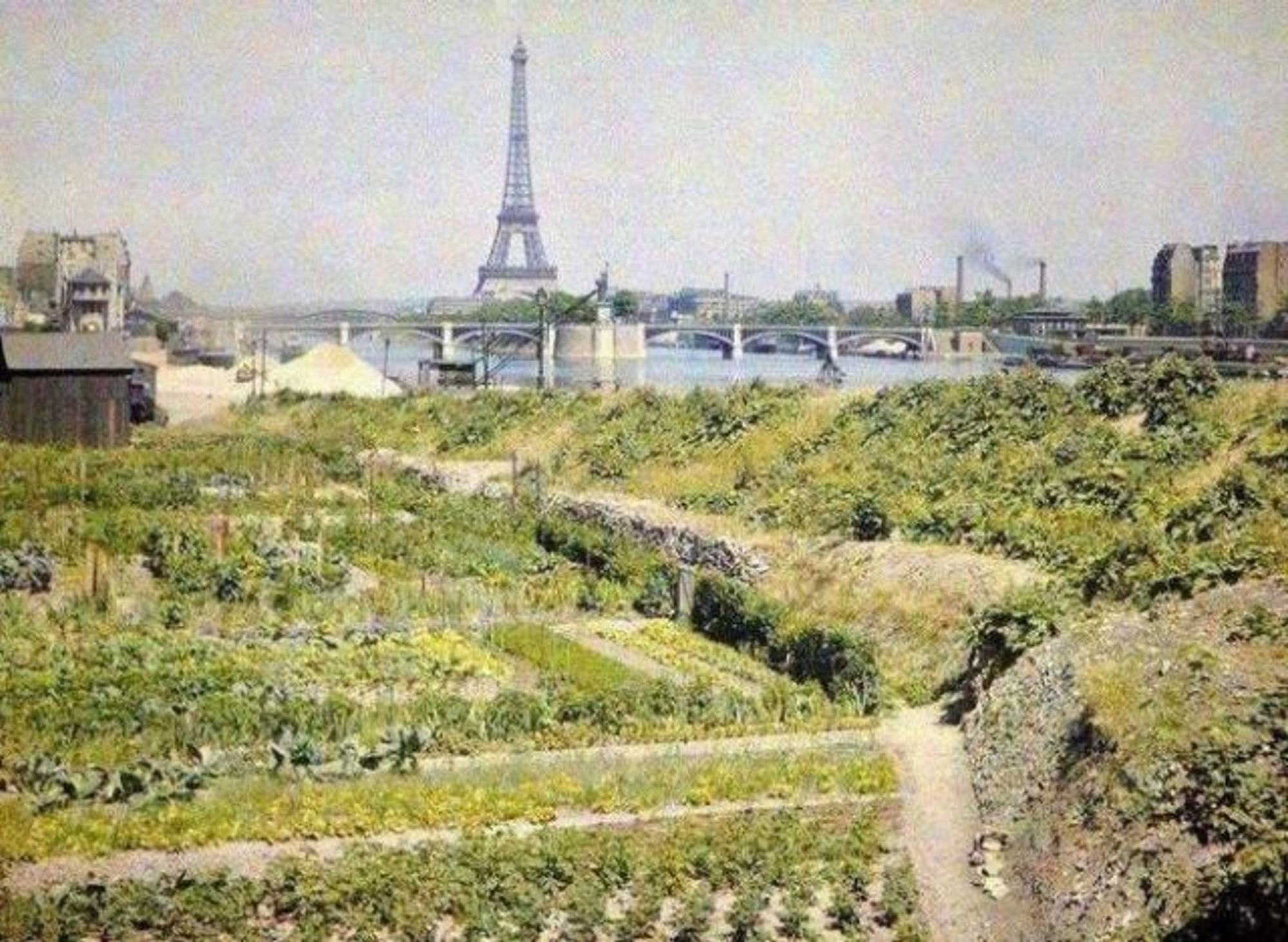On a sultry July morning, as the sun reflected off the windows of BASE Milano, memories came flooding back into the mind of Alfredo, an elderly man in his eighties with silvery hair and a wrinkled face. He had returned to his old neighbourhood, in Tortona, after many years of absence. As he walked through the familiar streets, the contrasts between past and present stood out sharply. The neighbourhood that once pulsated with life thanks to factories and industry was now a succession of trendy boutiques and bars.
When he was a boy, Tortona was the place where his hopes and dreams took shape. The smoking factories were the city's economic engine, offering jobs and opportunities to all. The streets resounded with the sounds of machines and workers going back and forth. There were neighbourhood shops, taverns full of life and people who all knew each other.
But now, going back in time, Alfredo felt lost. The neighbourhood had changed profoundly. The air of modernity was palpable, but along with it there was a sense of loss. The neighbourhood had become a kind of 'accordion quarter', expanding and contracting according to worldly events. At major events and openings, Tortona would fill up with visitors from all over the world, creating a vibrant and frenetic atmosphere. But most of the time, the neighbourhood seemed empty, deprived of its soul.
Disconsolate, Alfredo decided to make a stop at the bar where he had met his great love, Franca, as a young man. It was a cosy little place, a place where one could breathe in the true essence of the neighbourhood. Or at least that was how it used to be. Now, in its place, stood a designer boutique, with crystal windows and expensive objects on display.
Upon entering, Alfredo felt as if a part of him had disappeared. The walls once filled with memories had been replaced by impeccable shelves displaying futuristic objects for Alfredo. As he sat in an armchair at the entrance, he wondered if the shop owners knew the history of the place, if they understood that beneath that veneer of modernity lay a past full of life and excitement.
A young shop assistant approached him with an impeccable smile and asked him if he would like anything. Alfredo smiled politely at him and replied: "I would like to order a coffee, if that is possible."
As he waited for a coffee that would never come, his gaze fell on the photographs on the walls showing what the café once looked like, what the neighbourhood was like in its past splendour. The pictures reminded him of the nights dancing with Franca, the long conversations.
what the archive is about
The Living Archive explores the potential of (post)industrial heritage to transform production in our cities. We collect stories with participatory heritage methods. The nodes for the local collection efforts are Fab City Hubs (FCH). The collection has been carefully assembled by FCH teams who have been learning about, co-creating and applying participatory heritage-making approaches, emotion networking methodology, oral history principles and creative perspective-taking. Select tags and categories to filter stories in the archive below. Explore their connections in the network graph.




